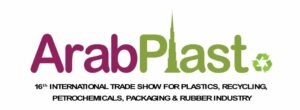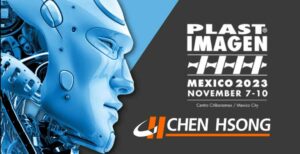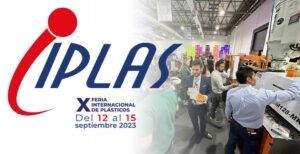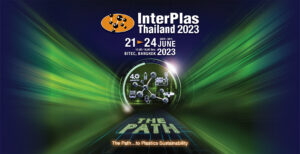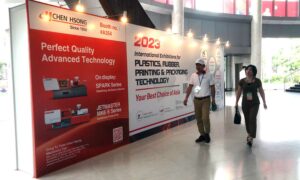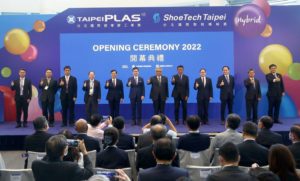
LED technology & LLSR for automotive Lenses
Automotive lighting has always been an essential safety component – both to see and to be seen. As automobiles have evolved, vehicle lighting has also undergone various stages of change. The faster the cars became, the more important it is to see as far as possible in the dark.
LED:Energy Efficiency and Design Freedom in Modern Cars
In today’s cars, factors such as energy efficiency and design freedom are just as important as brightness. LEDs offer a number of advantages over halogen solutions that are still frequently used today. In addition to the purely functional aspects, LED technology is pushing the limits of what is feasible further and further in many respects.
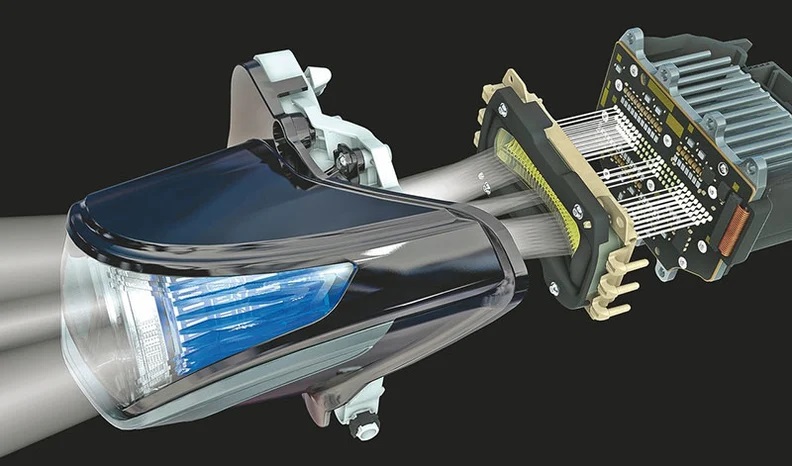
Many of today’s vehicle models use conventional lighting technologies such as halogen or xenon. However, the constant technological improvements of LED technology ensure that this balance of power is shifting more and more clearly in the direction of LEDs – and will continue to do so in the coming years. The reasons for this are manifold. With LEDs, the right light wavelength can be easily generated. They require little energy and installation space and have a much longer lifetime than previously used lighting technologies.
Optical Lenses: Can you spot them?
The lens is installed in the headlight, a glass ball similar to a big human eye.
The lens optics headlight, is designed so that the filament in the light bulb is placed at or near the focus of a reflector. In these, prism optics molded in the lens refract the light, which spreads it upward and forward to provide the light desired.

Finding the best Materials
The lens is like the lens of the human eye. Most traditional automobile lenses use glass optical lenses, which have the advantages of high light transmittance, high hardness, and aging resistance, but they are also accompanied by obvious shortcomings such as easy fragmentation, difficult processing, and high price.
Lenses made of PC and PMMA materials have also entered the market with the development of materials, molds and injection molding technology. Compared with glass, its good processing characteristics bring a different price-performance ratio. But its low weather resistance and yellowing defects also plague most car manufacturers. As a result, the demand for optical silica gel came into being.
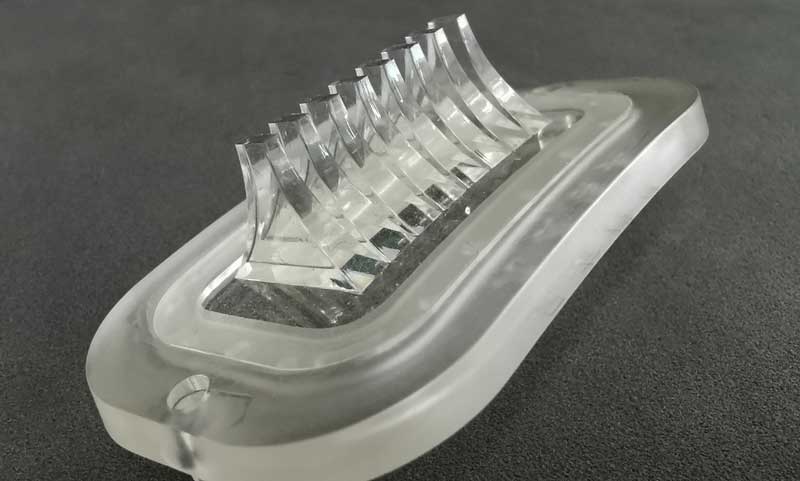
Optical grade liquid silicone
(LLSR-Light liquid silicone rubber)
Advantages are high light transmittance that can be as high as 95% and excellent UV and blue stability.Optical grade silicone LED lenses offer the auto industry glass-like clarity with minimal fog-like appearances.
Automobile headlights generally use high-power light sources. Even though LED headlights with commonly used materials on the market are characterized by low-power and high-brightness output, the light temperature of common car models is still as high as about 150°C. The combination of this high temperature and high radiation tends to accelerate the aging of the existing optical thermoplastic lens, thereby shortening the life of the LED system.
Highly transparent grades of LSR for optical applications have a lower yellowing index than thermoplastic lens materials. They are extremely resistant to environmental influences such as UV radiation and can be used over a wide temperature range from -40 to +200°C. In addition, they allow particularly flexible design. In terms of the geometry, there are almost no limits when injection molding LSR.
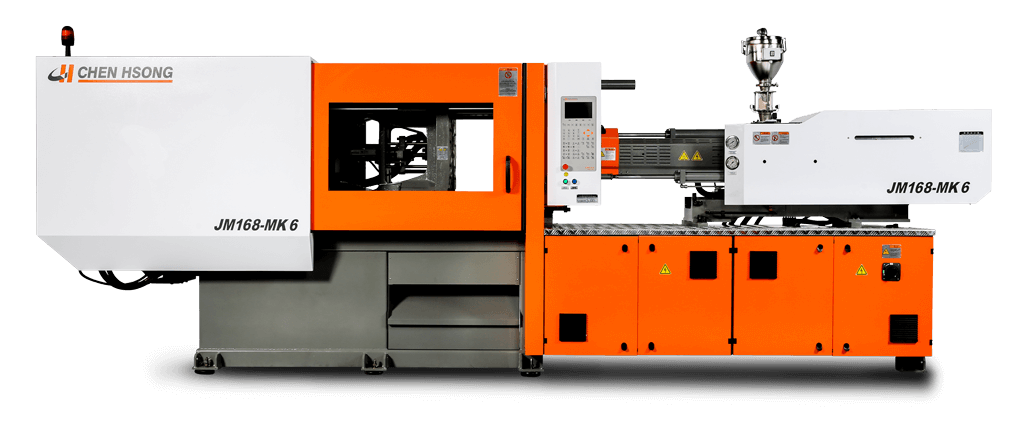
SM-100 Spark - All Electric
The headlamps are the “eyes” of an automobile, window to its soul. This small and seemingly simple part has always been a constant innovation target for an industry that prides it self on being at the forefront of innovative technology.
Headlamps absolute demands on clarity and high transparency while rugged enough to withstand the punishment of daily on-road usage bring unique challenges, and unique opportunities.
Chen Hsong developed its newest flagship product line the SPARK all-electric injection moulding machine through global technology partnerships and leading-edge innovations. The SPARK series of all-electric injection moulding machines is a perfect example of the relentless pursuit of excellence in play.
Every aspect of the product line is perfectly matched and fine-tuned to work with each other in maximum efficiency from the highly-refined mechanical structure, to real-time, intelligent algorithms running on high-speed control systems, to Big-Data-driven applications know-how encoded directly into the machine firmware. The result is a highly dynamic, accurate, safe and efficient system that produces high-speed, snappy mechanical movements while maintaining very high degrees of precision, repeatability and shock/wear protection.

